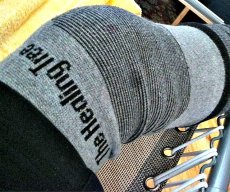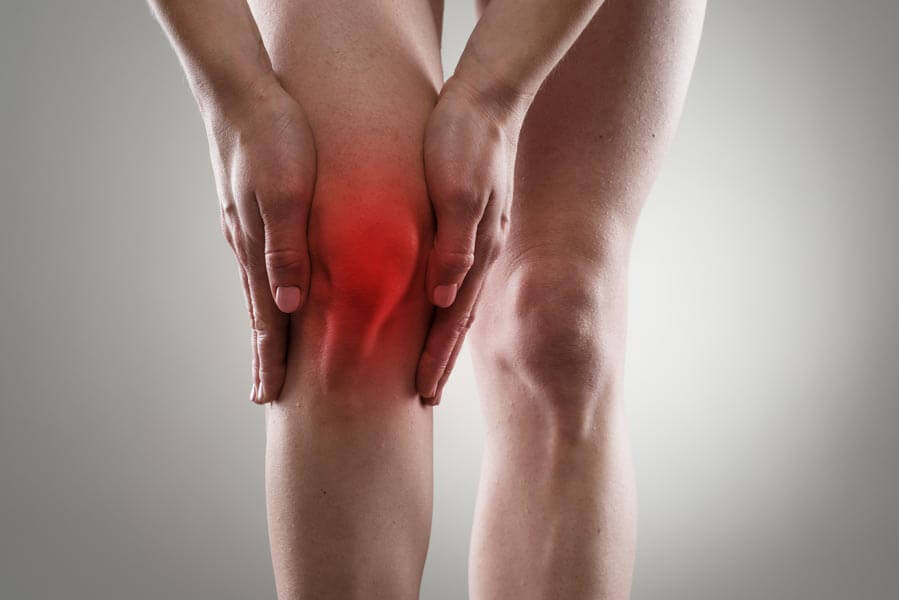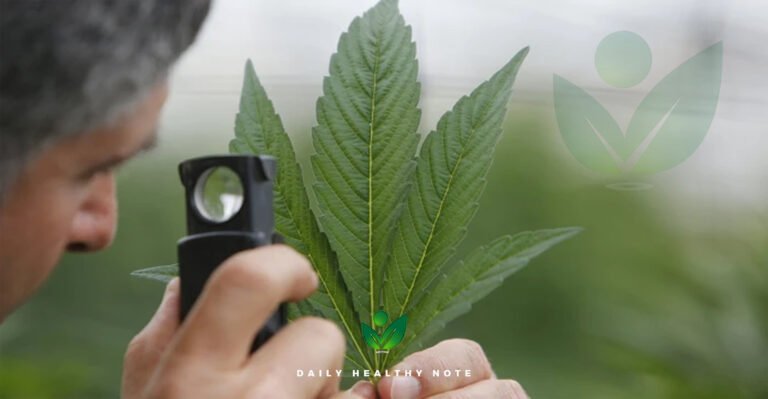Fibromyalgia knee pain can be a result of many things and not all are directly attributed to fibromyalgia, but with tender and trigger points compounding this area, it is very common to have fibro related knee pain.
Two of the eighteen fibromyalgia tender points are located around the knee area, on both sides. Various activities can exacerbate fibromyalgia knee pain. Tight muscles, tendons and ligaments within close proximity can also increase pain in this vulnerable area.
Although a fibromyalgia diagnosis has now been updated to include symptoms beyond the original eighteen tender points, there are still some areas like the knees that tend to include more of the surrounding areas; this is likely due to the weight bearing nature and any associated joint issues. Also the new SS (symptom severity) evaluation test can help in a decision to treat these more vulnerable areas of the fibro body.

As well, the trigger points that we often refer to can also cause radiating pain around the knee, up and down the leg and into the hip flexors and lower back.
Also, even excessive sitting at a desk and/or lack of regular range of motion within this area can cause painful symptoms.
This may be attributed to a strain or tightness within the quadrant around the sartorius muscle and perpetual tightness in the hamstrings which also ‘pull’ on the knee and can contribute to TRP’s or trigger points around the knee, radiating upward into the groin and hip flexors and also downward into the shins and ankles.
Do you have fibromyalgia knee pain?
Do you experience pain in your knees upon standing from a sitting position? Do your knees often feel like they are buckling under you while standing in one place or while walking?
Do you find it especially hard or nearly impossible to engage in certain activities of daily living like cleaning a bathtub or a floor where kneeling or bending is required?
These are all common within the fibro body, especially due to the weight bearing nature of these tender and trigger point areas.
Like other joints, this area of the fibro body is also sensitive to weather and temperature changes and may cause a feeling of extreme weakness and increased pain around the joint and soft tissue surrounding the knee.
How do we mitigate fibromyalgia knee pain
to increase range of motion and agility
within the fibro body?

With fibromyalgia knee pain, we are best to keep the blood flowing around these tender areas and work on staying conditioned with non-invasive remedies and strength applications where possible. Compression is a great way to naturally increase circulation.
Compression wear is a non invasive remedy for knee pain that gently hugs and supports the joint, trigger points and soft tissue around the knee. Some compression garments include infra-red technology for even great benefit.
Knee compression garments like this one shown (the healing tree) can be worn any time of day. However, not all compression garments are appropriate for those with fibromyalgia due the differing degress of ‘tightness’. Experiment to find what rate of compression works best. This one shown exerts a smaller degree of compression but also includes the infra-red technology which in itself will increase circulation and oxygen flow around tender and trigger points of the body.
Using light ankle weights and performing leg lifts to increase leg strength is also essential. It does not have to be a great deal of weight, just enough to start activating muscle and increasing strength slowly.
The adjacent picture also shows a simple way to lightly ‘compress’ the area around the knees by 
using a small exercise ball and just squeezing in between the knees. Compress just enough against the ‘tender’ tendons and soft tissue..
Simply squeeze the ball… hold… and release. Use 8-10 repetitions for 1-2 sets.
Remember that healthy muscle protects bone and healthy bone/joints protects muscle.
What about ice and heat for fibromyalgia
knee pain?
Alternating ice and heat is always a good idea. 20 minutes cold/20 minutes warm. However, after exercise or strenuous activity, I find that ice or cold to decrease any inflammation or soreness is best if tolerated. If you don’t tolerate the extreme cold of an ice pack, wrap the pack in a towel and work up to tolerance.
For those who are a little more adventurous, how about a hot/cold shower? This is simply alternating hot and cold water for about 20-30 seconds at a time. Focusing on a particular body part like the knees or lower back will increase circulation without undue stress to the entire fibro body.
Be careful with blood pressure or other issues that may not respond well to extreme temperature variance.
It is also important to note that chronic lower back pain and tight hamstring muscles (back of legs) can also exacerbate knee pain. If your lower back is ‘out’ or you are over compensating in any way, often the knees can take on the added strain. SI joint pain (in the dimples of the lower back) is also connected to knee pain, so regular care for the spine and lower back can improve pain in the lower extremities and knees as well.
Bowen therapy and/or Myotherapy can be helpful for fibromyalgia. This can be effective for related symptoms that affect both muscle and fibro tender areas. Check for a qualifed Bowen therapist in your area. Also refer to related links below.
This excellent study was found on http://www.living-smarter-with-fibromyalgia.com/











